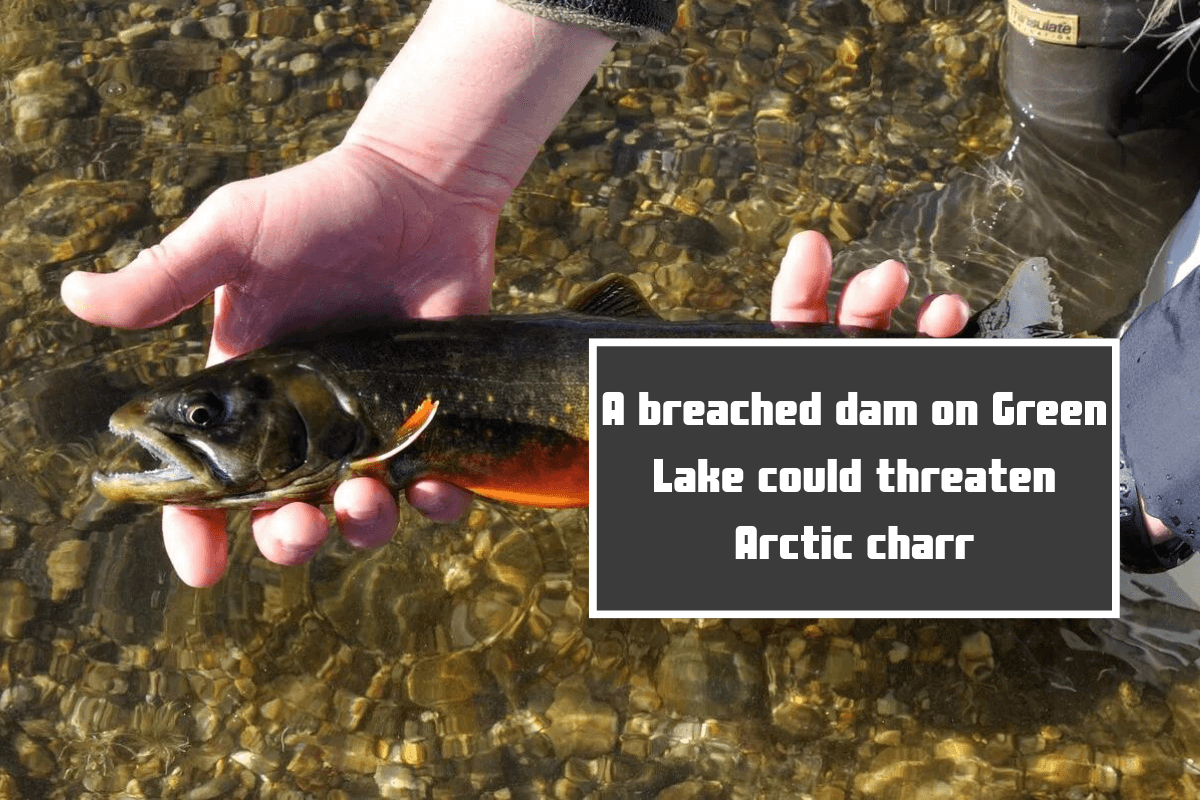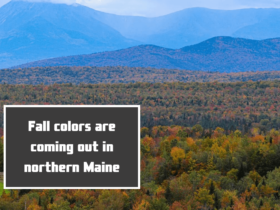Greg Burr and Matt Scott, two retired state fisheries scientists, have raised the alarm: if certain groups, including some non-governmental organizations like Trout Unlimited, get their way, sea-run alewives and other invasive species will be able to freely enter Green Lake.
The situation is difficult and involves a chain of events that will have huge effects on society, the economy, and life itself.
In the coming year, the Federal Energy Regulatory Commission will decide whether a private hydro dam at the end of Green Lake can get a permit.
Burr says that it is likely that the commission will want fish passages built into the dam. Because of the high cost of doing this, the hydro plant would have to be shut down and the dam would have to be taken down.
The effects of this are big and affect many people, including people who own lake camps, people who enjoy fishing in fresh water, and the government fish hatchery.
The U.S. Fish and Wildlife Service, the National Oceanic and Atmospheric Administration, and the Maine Department of Marine Resources have long pushed for sea-run alewives to be able to freely swim to Maine lakes to spawn in fresh water.
More than one fight has broken out in Maine over the years between people who support alewife and other groups with different goals.
Native arctic charr live in only 14 bodies of water in Maine. The state has promised to protect these fish at all costs. How does this fit in with DMR’s aim for alewife?
Even though alewife runs have a long past, there is still the question of how many sacrifices we are willing to make in the present day to allow alewives to continue to freely migrate to freshwater to spawn?
Scott, who has a lot of experience in fisheries science, says that because of the way Green Lake is shaped, alewives probably never made it there in the past. What he writes:
‘If the exit is close to what we call an ephemeral stream, that is a natural state. This makes me think that the lake never had or played a part in the yearly runs of fish that migrate from freshwater to saltwater. I think there will be a problem with the exit dam.
Low-head dams were built on most of Maine’s lakes many years ago to use water power. There were saw mills, grist mills, shingle mills, and later mills that made electricity.
The water in Green Lake was used to make electricity. The process at the Federal Energy Regulatory Commission could include a fish way for species that move from one area to another.
Then the water level would change, and any big drop would have an effect on the lake’s water quality. The most important change might be the coast wearing away because the water quality in the lake would be less stable. Protecting the health of the water should be the deciding factor.
The alewife is a type of blue herring. Most people think that alewives don’t eat other fish, but a study from the University of Maine in 1990 showed that in fresh water, alewives are predators—they actively look for food, including other fish.
In a new piece in the August Northwoods Sporting Journal, Burr got right to the point:
“The owners will give up on the structure, and it will have to be taken down in the end, if the extremists get their way and make fish pass through this small dam as part of the current relicensing process.”
When this building is taken out of service, the lake level will drop, leaving campers and homeowners with a muddy, rock-strewn waterfront that most people will not be able to use and that looks bad to everyone. That’s not good, and it doesn’t need to happen.
As humans, we are smart creatures. “The problem can only be solved when we all understand the complicated needs of both people and nature and work together to create a well-thought-out plan for the future.”
The Northwoods Sporting Journal is run by V. Paul Reynolds. He is also a Maine Guide and the host of the television show “Maine Outdoors,” which airs every Sunday at 7 p.m. on The Voice of Maine News-Talk Network.











Leave a Reply